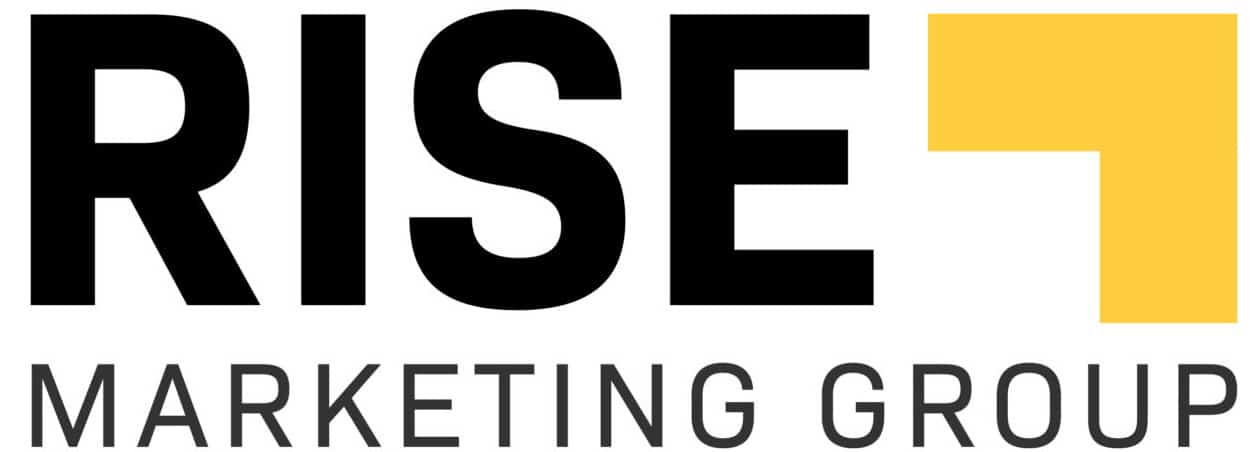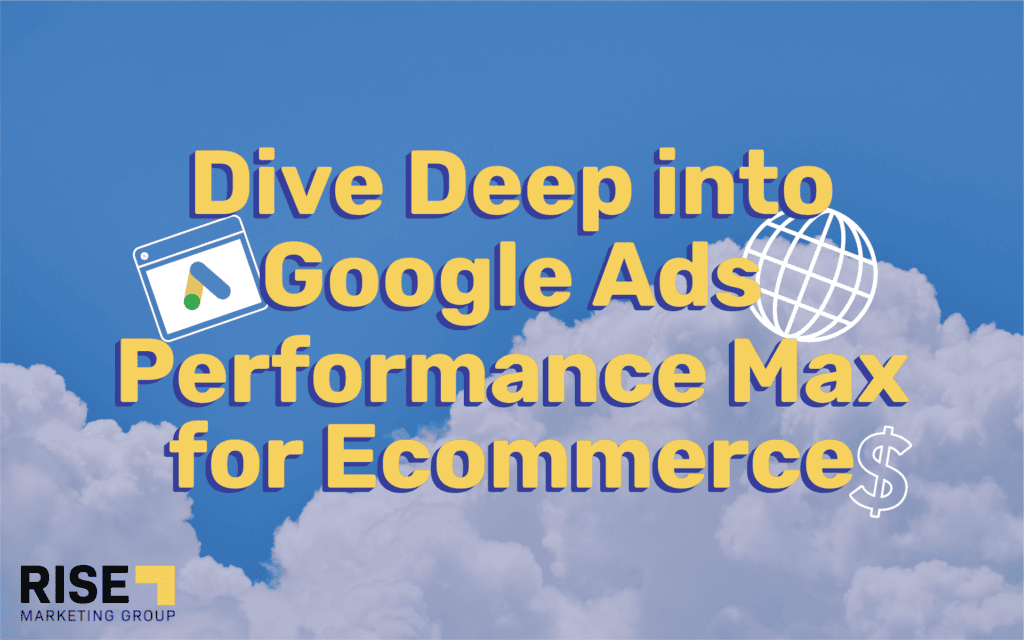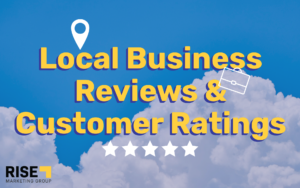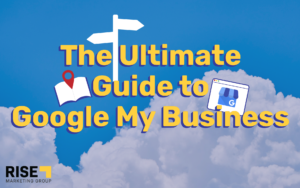Hey, we get it. There’s a lot of controversy and mixed feelings when talking about Performance Max because of the limitations in terms of data, insights and control. But two things are certain:
- Google is pushing toward automotion.
- Performance Max will become more powerful and see higher adoption during 2023.
What Is Performance Max?
So let’s start from the beginning. What is Performance Max?
Performance Max is a new campaign type that Google launched in early 2022. It combines Google’s automation technologies across bidding, budget optimization, audiences, creatives, attribution, and more, to reach their full performance potential.
Ads are shown wherever your users are interacting with Google’s services — Search, Shopping, Display, YouTube, Maps, Discover, or Gmail. Kind of an all-in-one campaign.
Basically, it’s a highly automated campaign. Though this has it’s benefits – 1 campaign to rule them all, powered by machine learning, focused on audiences and value – it also represents a couple of challenges:
- Getting comfortable with limited insights and control (oh yeah, we ecommerce experts are control freaks) that make it difficult to understand performance fluctuations.
- The ability to guide the system effectively.
Performance Max requires marketers to inform and guide the platform. It is highly dependent on the quality of your inputs, strong strategies and supportive data.
What Inputs Do I Have with Performance Max Campaigns?
- Implement accurate, full-funnel conversion tracking using enhanced conversions.
- Set up your bid strategy and primary conversion action according to your marketing goal.
- Define your budget.
- Geo-targeting. Watch out for default location settings!
- Use (or not) URL expansion.
- Choose Creative assets. This includes: headlines, descriptions, images and video.
- Add Audience signals: not only demographics but also Custom Audiences, Google Segments and First-Party Audiences.
- Integrate your product feed (Listing groups).
Optimizing these inputs and understanding the outputs is extremely important to ensure continuous improvement and incrementality.
How to Structure Performance Max Campaigns for Ecommerce
So, how do you structure your Performance Max campaigns to ensure we’re giving the system the best inputs?
There’s no one size solution, you need to adapt Performance Max to your own business. And though we don’t have the secret formula, we can give you some guidance on how to think about it and approach it to find success.
Before we jump into the structure details, there are some strategic aspects you have to consider in order to make any decision:
- Available budget.
- Product margins and profitability.
- Sales volume.
- Inventory & Product availability.
- Shipping & Logistics
- Internal goals (example: new acquisitions vs retention or launching new product vs evergreen inventory).
- Aversion to risk.
- Pricing and promotional models.
- Seasonalities.
- Cost per Acquisition (CAC), LTV (Life-time Value), Repeat Purchase Rate, Average Order Value (AOV).
- Economy & Industry context.
As you can see, there are lots of small things that have an impact. So before implementing, make sure you know your business and numbers.
1. Determine the Number of Campaigns
The first step is deciding between having one or multiple campaigns. Beyond considering campaign settings such as geotargeting or language, business factors like available budget, seasonalities, AOV and margins will determine how many campaigns you need.
Note that Google prefers marketers put as much volume under one campaign as possible. This does not mean it works better for your business. For instance, if your main goal is profitability, you may want to break down your campaigns based on product margins: high-margin / mid-margin / low-margin – to consider if you have enough budget to support this structure.
2. Define Bidding Strategy and Budget
Next steps when setting up a Performance Max campaign are defining goals, bidding strategy and budget. Our recommendation is to choose the combination conversion action-budget that will enable getting enough volume and frequency to let the campaign learn. As a fully automated campaign type, it needs data to work most efficiently.
Your bidding strategy and value rules will also depend on your business goals and numbers. However, as a general recommendation we would suggest starting with maximize conversion. Once you start getting conversions and data from where the campaign can learn, then switch your bidding strategy and/or add bid caps according to what’s best for you.
3. Building Asset Groups
You’ll then have to decide when and how to build different asset groups under one campaign. Usually the first thing that comes to mind is splitting by product category. But, is this the best way to do it for your business? Take under consideration audiences, seasonalities, brands, buying behavior, other campaigns.
4. Integrate Your Merchant Center Catalog
Integrate your Merchant Center catalog to showcase your products. Select a listing group relevant for the asset group.
The quality of your feed will have a direct impact on performance. Optimize:
- Product image
- Titles
- Descriptions
- Google product category
- Product type
- Add promotions
- Add reviews
5. Set Up Audience Signals
When setting up Audience Signals note that these are soft targeting – just a starting point upon which Google will expand. You need to give Google an accurate notion of who your target audience is.
Include:
- In-Market segments
- 1st party data (Customer Match lists)
- GA4 Remarketing & Predictive Segments
- Custom Segments: upload a list of high intent keywords – every term that shows commercial intent associated to your product: sale, buy, price, etc – as “People with any of these interests or purchase intentions” and “People who searched for any of these terms on Google”
We suggest using Affinity Segments only when you are ready to scale and find new audiences.
6. Add Creative Assets
Lastly, creative assets.
As a general rule, do not go too generic. Use compelling ad copy, images and videos, relevant to the listing group targeted. If you do not have video assets, Google will create one for you. It’s not the best option. We recommend creating your own video as this format is a must-have-top-performing asset nowadays anyways.
Also, don’t duplicate your Merchant Center feed imagery.
And finally, test different variants. You can then go to the insights tab to learn what performs best.
Download Your Evaluation Checklist for Performance Max
Now, what happens when you’re starting from scratch and you don’t have much data? We’d suggest keeping it simple, small, consolidated to start but open to scale and expand. Start building complexity once you have enough data to make smart decisions.
And, that brings us to our second pillar for Performance Max success: understanding the outputs and performance fluctuations.
We created a checklist to guide you in the evaluation process.
Enter your name and email to receive instant access to our checklist:
Read more on eCommerce

Product Feed Optimization To Drive Incremental Sales 🚀
Having an optimized product feed is incredibly important for scaling an ecommerce store. Whether your store is on Shopify, Woocommerce or other ecommerce platofrms, to

Dive Deep into Google Ads Performance Max for Ecommerce
If you haven’t jumped on the Performance Max train yet, now is a great moment to start thinking about its role in your account.




